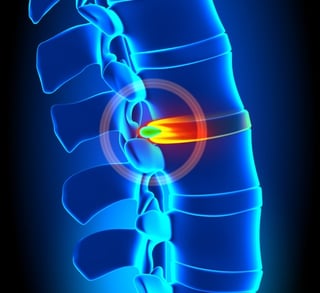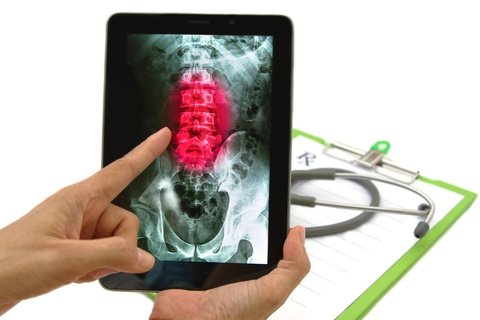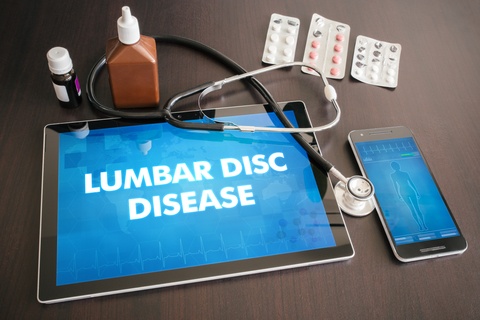Lumbar Discectomy:
It is a day case operation nowadays to treat lumbar disc prolapse with the use of the microdiscectomy technique. The complication rate is very minimal in experienced hands using the latest techniques.

Most of the complications are minor and would recover soon.
- Nerve root injury
- During the operation, we expose the dura and the nerve root and protect them to allow us to excise the disc but during this process, the nerve root can be inflamed or traumatized. I do not think that the nerve root would be cut at any stage unless the surgical hands are very un-experienced. These symptoms usually settle after 3-4 weeks with the use of non-steroidal anti-inflammatory or sometimes dexamethasone.
- Dural tear
- During the process of exposing the intervertebral disc, we expose the dura which is the sac containing all the nerves going to the lower extremities. The dura can be punctured during the process of dissection and if that happens we usually suture the dura primarily at the same time with a non-absorbable suture. The chance of this happening is approximately 1-2% and it requires the patient to remain on bed rest for 2-3 days post-operatively until we are sure that there is no CSF leakage.
- Infection
- Infection of the operation site can happen after the surgery but the risk is very minimal and less than 1% with the current use of sterilization techniques and prophylactic antibiotics.
- Haemorrhage
- During the operation, we encounter some bleeding from the muscle around the spinal column and also from the epidural veins but most of the time we would be able to stop any bleeding during the operation. The risk of haemorrhage after the discectomy procedure is also very minimal less than 1% and usually controlled with many measures with no expected significant risk.
- Cauda Equina Syndrome
- Cauda Equina Syndrome is the compression of the dural sac during the time of the operation or as a result of an occurring hematoma. This is a very rare complication and the patient should warn his doctor if there is any post-operative severe pain occurring in the lumbar spine to inspect for neurological deficit and to estimate the risk of cauda equina syndrome and try to evacuate any pressure if needed.
- The risk of recurrence
- The risk of recurrence in disc prolapse surgery is approximately 10%. This is relatively high but there are certain surgical steps that we take to reduce the risk to a minimum. The worst-case scenario in recurrence is to re-operate and to re-evacuate the disc again. To reduce this risk we can sometimes carry out spinal fusion but this is not justified in all cases as it is a much more complex technique for the small risk of 10%.
Read More:
Topic: Lumbar Disc Discectomy




.jpg)



Leave a comment